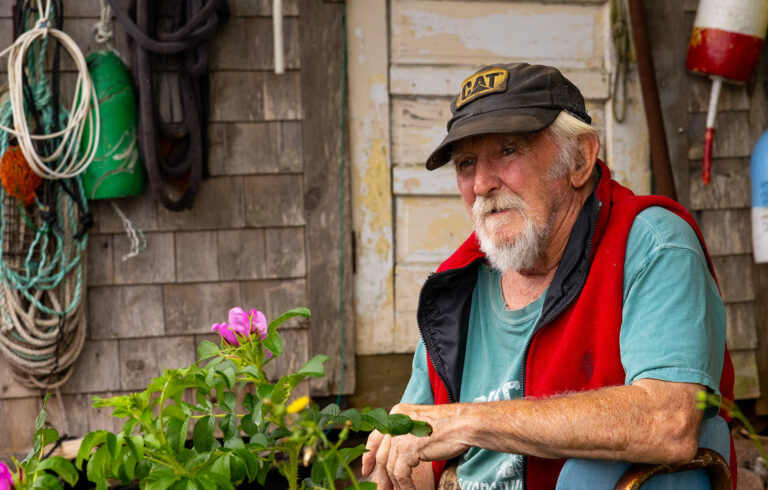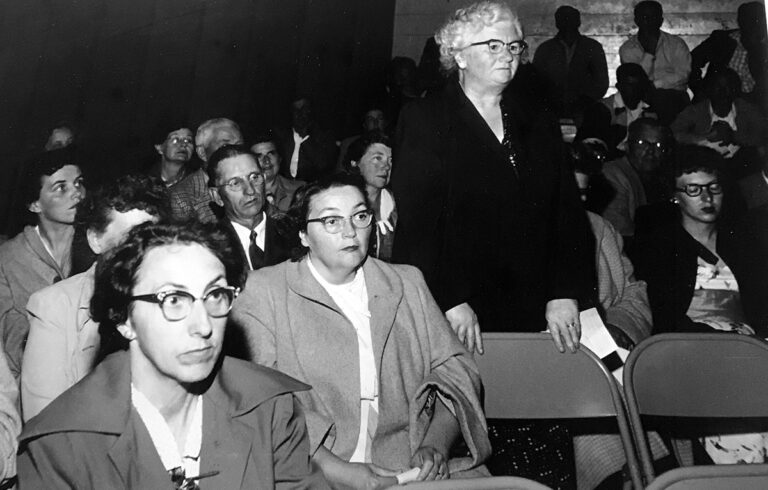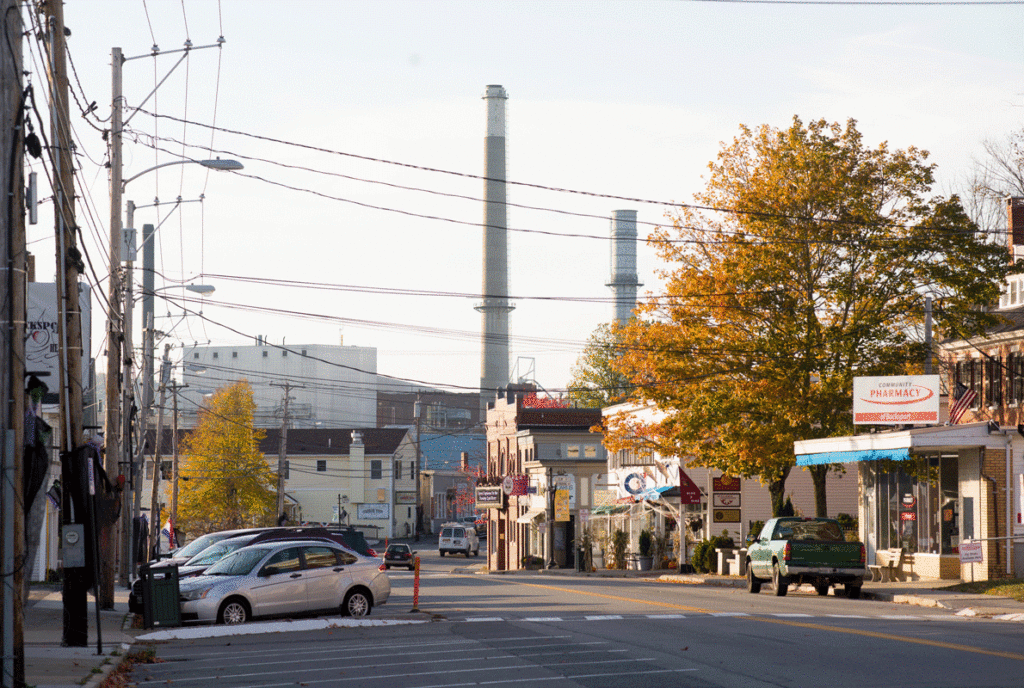
Maine has endured a litany of paper mill closures in recent years. These have been devastating to the communities that leaned heavily on the jobs and tax base these mills provided. But only one town moving into the state’s post-paper era can leverage its rich coastal assets.
When Bucksport’s Verso paper mill closed in 2014, eliminating 500 jobs, the community was already at work embracing a future that includes new uses of its waterfront, while leaning on an outside nonprofit to help the community find its new heart and soul.
Still, the demise of a mill whose history dates to the 1930s, isn’t easily glossed over. Some of the pain and loss has been captured powerfully by the town’s “poet laureate for life,” Pat Ranzoni, in her collection STILL MILL: Poems, Stories & Songs of Making Paper in Bucksport Maine 1930 – 2014.
In her introduction to STILL MILL, Ranzoni wrote:
“…what was happening in the Bucksport area was part of a larger, state, and country-wide loss of industry just as the coming of our paper mill had, in the first place, contributed to the industrialization of the Penobscot River, of the state of Maine and of the United States.”
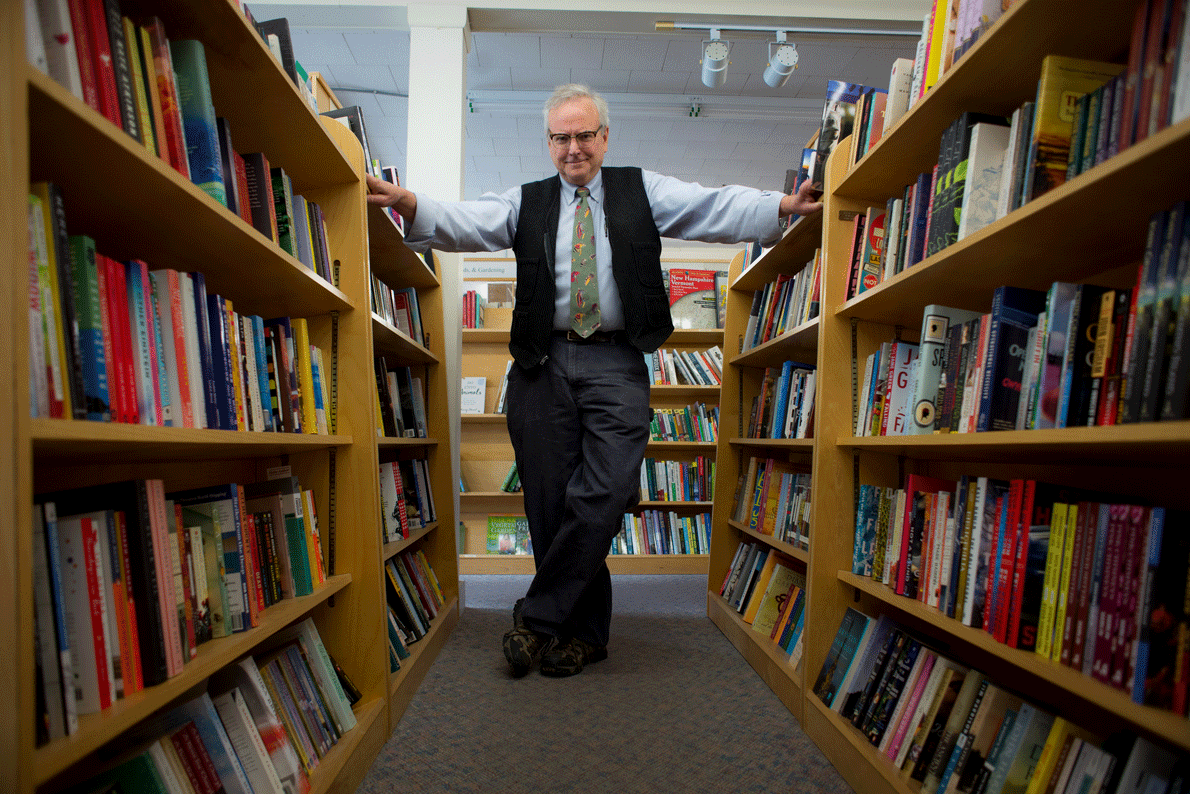
NOT GETTING STUCK
Losing a legacy industry can cause people to “get stuck.” Moving on often becomes difficult, but Bucksport’s response seems different. It may be because Bucksport hasn’t seen itself as a traditional mill town for a while, but rather, a town with a mill.
Andy Lacher, owner of BookStacks on Main Street, and a downtown retail fixture since 1997, has seen downtown hold its own, even as the fortunes of the mill have declined.
“While it might seem counter-intuitive, I’m seeing more business now, then when the mill was open,” said Lacher.
When Lacher launched BookStacks, he was one of just three retail stores along Main Street.
“Now there is a tanning salon, a wine bar, a gift and card shop, the Alamo (theater) is showing films regularly—downtown hasn’t dried up without the mill,” he added.
Echoing Lacher’s enthusiasm for Bucksport’s downtown is Brook Ewing Minner, executive director of Main Street Bucksport.
“Although the mill closure was a big hit to the town both financially, as well as psychologically, people in town—and this included local government—knew that it was important to begin organizing and thinking about the future,” said Minner.
Building on Lacher’s enthusiasm for Bucksport’s downtown vitality, Minner highlights the natural assets inherent along the town’s waterfront area—which includes a marina, a park, as well as a waterfront walkway. Minner and Lacher recognize the potential represented by these assets bordering the Penobscot.
“I think that our waterfront presents opportunities for Bucksport that haven’t been fully realized,” she said.
Minner cites the expansion of the marina—which the town owns.
“This has been profitable, yet there’s still room for growth,” Minner added.
Given that the waterfront provides a protected space for boats, an increase in the marina’s capacity would bring more boaters to the area, which feeds into the health of downtown merchants.
When Sue Lessard arrived in Bucksport in August 2015, hired to serve as interim town manager, she was surprised by what she encountered.
“When I arrived, it was pretty clear that the town was in a ‘look around and figure out what we’re going to do’ phase,” she said.
Lessard credits local government with planning and preparing for a possible mill closure.
“There was a recognition by those in charge that with some correction, Bucksport could maintain services without raising the tax rate through the roof,” she said. “Now, three years later, we’re in the range and often lower with our tax rate than other full-service communities in the area.”
The town council had been setting aside funds for the possibility that the mill might close. Assessments made sure the mill’s value wasn’t inflated.
While admitting that the mill “closed sooner than anyone thought it would,” Lessard says this foresight created a fund balance of $8 million that allowed for the continuation of services.
A committee of residents and elected officials met to scrutinize expenditures so the town would be as efficient and economical as possible. Initiating zero-sort recycling, not filling the vacant finance director position, restructuring public works after the longtime director retired, contracting with the YMCA for recreation—all were implemented during that process.
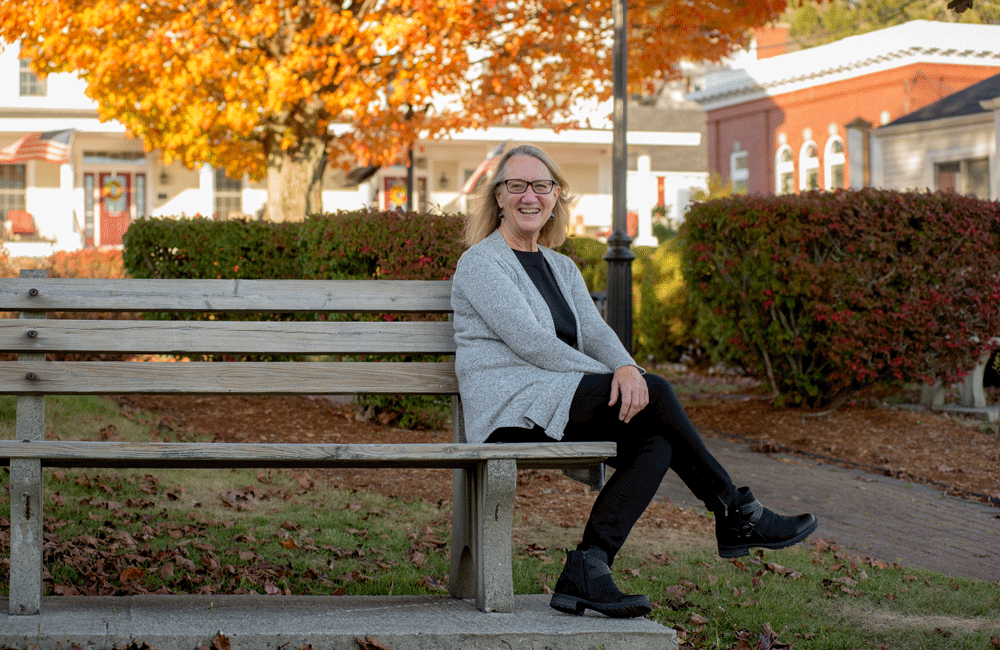
A TOWN WITH HEART (AND SOUL)
The Orton Family Foundation is the philanthropic arm of The Vermont Country Store, a catalog, retail, and e-commerce business based in Manchester, Vermont. The nonprofit provides funding, along with technical and advisory resources, to communities like Bucksport that are experiencing an economic loss.
Orton’s model focuses on supporting and improving local decision-making, creating a shared sense of belonging, and ultimately seeks to strengthen the social, cultural, and economic vibrancy of the community.
John Paul LaLonde, a former mill worker who is member of the core group of Bucksport’s Community Heart & Soul team, recalls an October 2015 meeting at which several community-based players were present, including the Maine Community Foundation, Maine Development Foundation, and representatives from Orton and Bangor Savings Bank.
“What was attractive about Orton’s model was that it involved the entire community,” LaLonde remembered. “Their approach pushes members of the core team to understand the demographics before going out and collecting information and data.”
LaLonde recognizes that while the demolition of the mill is tough for many former workers to come to terms with, it also makes “moving on” the reality for Bucksport as a community with an eye to the future.
“There are no false expectations or hopes that the mill might reopen,” he said.
Jane LaFleur, who serves as a consultant and coach to Bucksport’s group, explains that the first step in Heart & Soul is to determine the town’s interest in signing on for the four phases that follow over a two-year period. Participating communities all hire their own coordinator.
Bucksport hired former teacher Nancy Minott to serve as coordinator, a role she’s occupied (in a part-time capacity) since October 2016.
“The coordinator’s job is to walk the community through the phases of the process,” said Lafleur.
Lafleur, who has coached teams in other Maine communities, has been favorably impressed by the Bucksport team. In another town struggling with a mill closure, the initiative was slower getting off the ground. In Bucksport, the community immediately “jumped in and got behind it.”
“The strength of Bucksport’s group is obviously the people in the community,” explained Lafleur. “It’s not simply someone coming in from the outside and telling them what to do, but connecting people in the community and strengthening partnerships that already existed.”
According to Lafleur, during Bucksport’s Heart & Soul process, it’s been clear what the town views as its assets.
“What our team heard is that people love the waterfront,” said Lafleur. “They also love the open spaces outside of town and Bucksport is 18 miles from everything—that’s a real asset, too. But the people are the biggest asset and the positive energy that they’ve brought to all of the potlucks, picnics, and the overall story-gathering—that’s something you don’t always see in places dealing with the closure of a mill.”
Lafleur indicates that the Heart & Soul process is set to wrap-up in spring.
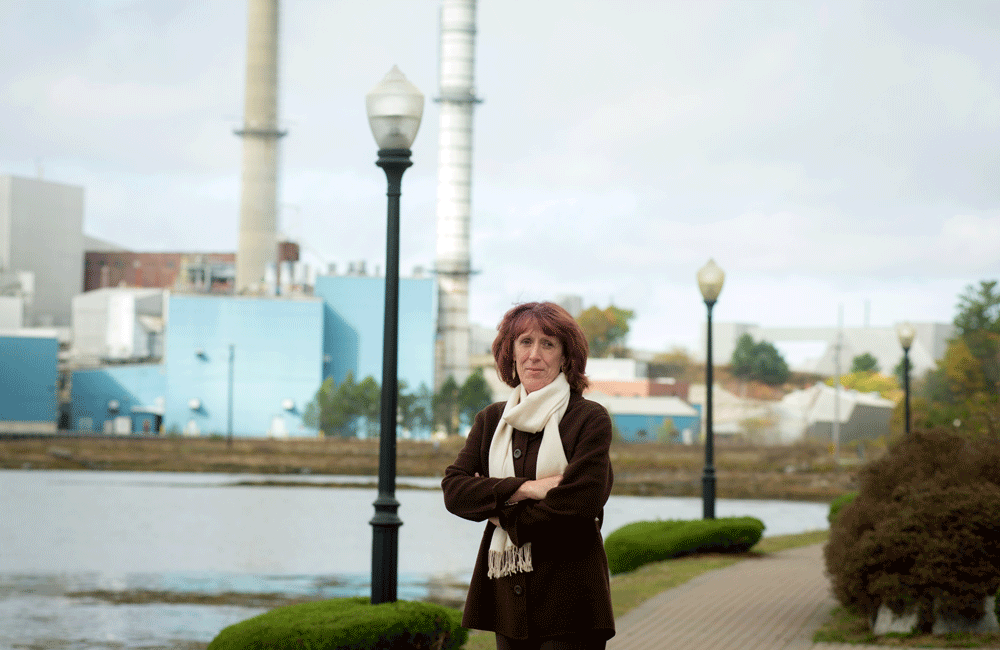
A NEW ECONOMIC FOUNDATION
When Verso sold the Bucksport Mill to a subsidiary of a Canadian scrap metal recycler the day after closing the plant, it left no doubt that papermaking in Bucksport was finished.
The new owner, AIM Development, is a subsidiary of American Iron and Metal, based in Montreal. While tasked to redevelop the 275-acre mill site, AIM’s first order of business was the demolition of the former mill structure.
What’s currently in the works is a plan to redevelop the mill site sitting prominently beside the Penobscot River, most likely for some type of industrial use. No one is certain what that might look like at this point.
Lessard envisions a diverse mix of industrial, commercial, and service type businesses replacing the mill and its jobs. The town has good schools, and because of that, people are moving into Bucksport.
Jeff McLin, AIM Development’s vice president, reported the company is “exploring redevelopment opportunities for the entire industrial-zoned site,” ticking off the considerable waterfront assets represented at the former paper mill site, such as “electrical infrastructure, ample fresh and saltwater supply, active rail, deep water river access—existing dock and wharf—close proximity to I-95, large amount of available land area.”
A spur line from the natural gas conduit that crosses Maine from Nova Scotia also is available at the former mill site. Additionally, Bucksport is part of a $200,000 Brownsfield Area-Wide Planning Grant awarded to Eastern Maine Development Corporation (EMDC) by the Environmental Protection Agency. EMDC is working with the town and the owner to develop an area-wide plan for redevelopment.
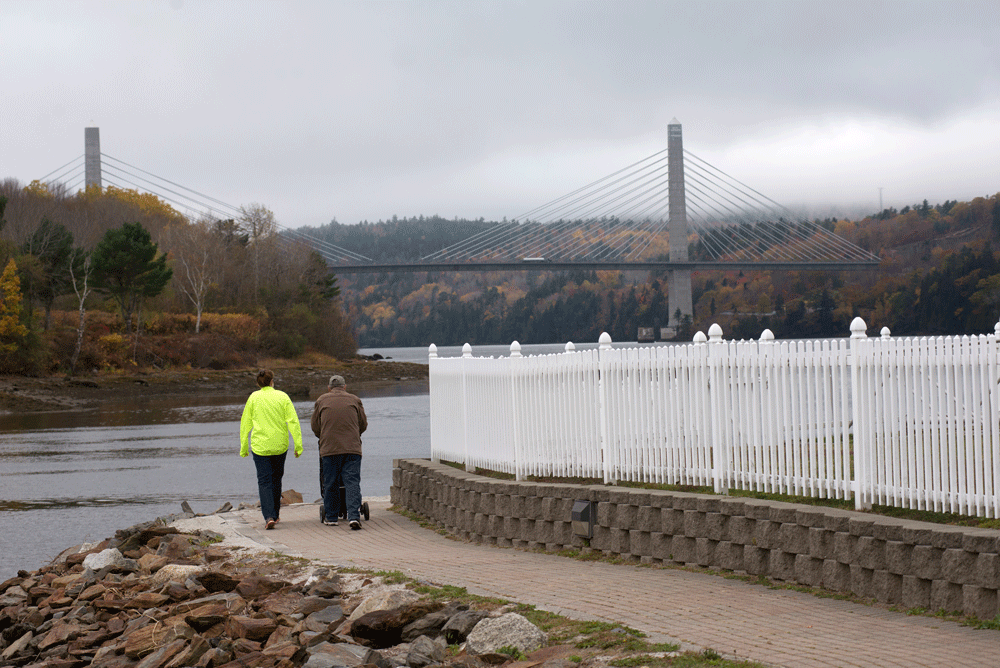
Part of the process involved hiring a consultant, Elan Planning, Design & Architecture out of Saratoga Springs, New York.
Lisa Nagle, Elan’s principal, said Bucksport residents will see the conceptual plan next spring.
“We’ve been working with various groups in Bucksport—like Community Heart & Soul—in soliciting community-wide input to help us in planning,” said Nagle.
While no one has a crystal ball, the industrial infrastructure along the waterfront remains attractive, especially for the right kind of investor.
It’s possible that a sign of things to come is represented by MaineWoods Biomass Exports, LLC, currently leasing a portion of the mill site (what was formerly the mill’s log yard) for wood handling, debarking, and shipping. This is just one step in the possible procession of other businesses locating to Bucksport’s port area. Art House, the company’s president and CEO indicates that he has established contracts with European Union buyers for wood chips to be shipped from Maine. He states his goal is to create good-paying jobs with benefits.
Lessard may have summarized it best when asked about Bucksport’s future, post-papermaking.
“It is an amazing community—driven by the spirit of those who live and work and have businesses here. They believe in this place and its future. No—it’s not nirvana—but it is a whole different approach to loss. No one is looking to be fixed or saved. They are looking to make their own way forward.”


